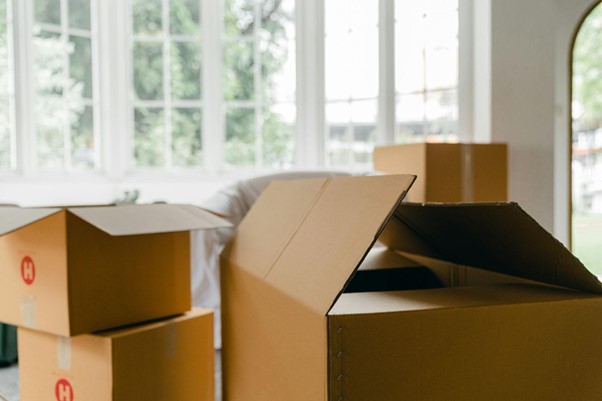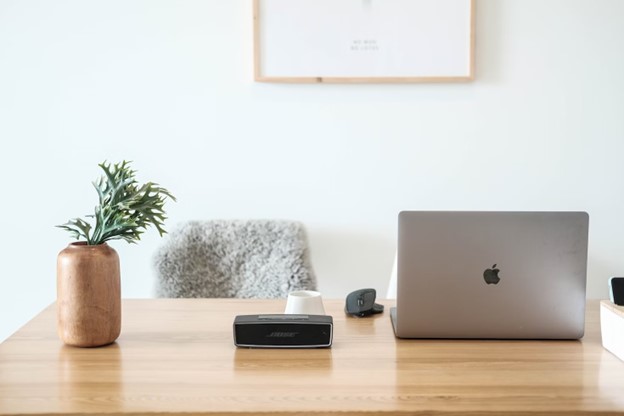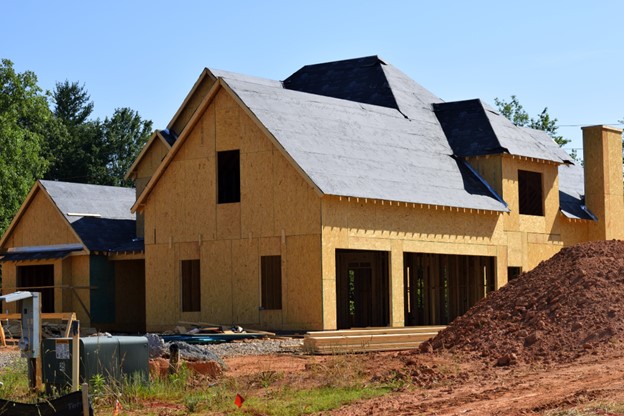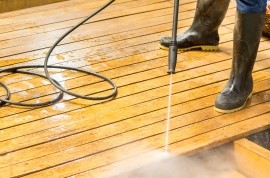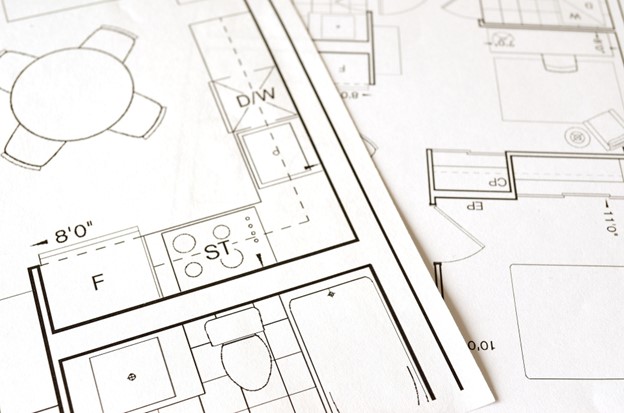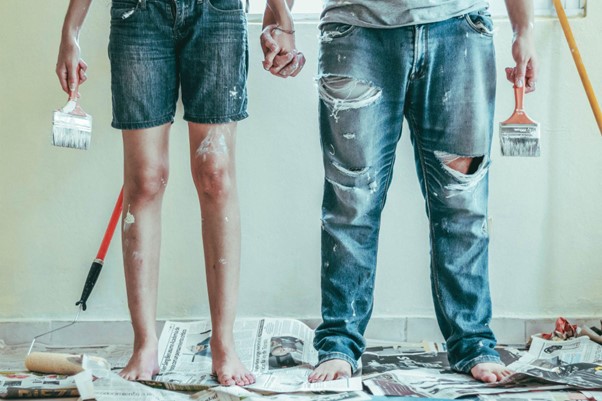Two focuses of my blog are Home/Living and Home/Property Discussions. When you purchase a home, you want to maintain it’s value over the long-term. One thing you particularly want to make sure up is the structural integrity of your property. The following contributed post is entitled, Here’s How To Maintain The Structural Integrity Of Your Property.
* * *
Every property can be classified by its structural integrity, and can only withstand the test of time and the elements with a solid foundation. Without the correct materials, water, wind, debris and other natural products can mess with the structure and cause issues for the homeowners. When it comes to exploring safety measures, it’s so important to ensure that all of the fundamentals of your property are running smoothly, especially the structural integrity of the home. You may expect to run into countless problems in the future if you don’t have the correct materials to prevent any undue damage from occurring. With this in mind, there are some useful areas to focus on in your home when it comes to maintenance. By taking care of each of these elements of your home, you can be sure that the structure of your property is in good shape.
Take Roof Repairs Seriously
When something goes wrong with your roof, the first line of defense for your home is essentially compromised. Your roof keeps water and high winds from affecting the rest of your home and causing damage to your belongings. Leaking roofs can happen due to wear and tear over time, and damages tiles and shingles. Although a small crack may not seem important, you may want to look into regular maintenance from macsroofingllc.com/ to prolong the lifespan of your home. Keeping your home in top condition can be done as long as your roof is well taken care of and free from structural damage.
Take Note of Wall Cracks
When you spot an interior wall crack in your home, it’s important to take note of it rather than simply brush it to the wayside. A crack in your wall can be a sign of structural damage, so this should certainly be looked at by a professional who can diagnose the deeper issue. Usually these types of cracks will be easily fixed and won’t cause any long term damage to the structure of your home.
Check Out Your Floor Joists
Over time the subfloor, or floor joists in your home can become prone to damage. This can not only put the structural integrity of your home at risk, but they may also cause danger to those living in your home at present. The floor joists are essentially beams that act as the structural security for your home. Luckily, a joist fix is fairly simple and cost effective to do as long as you diagnose the issue early and get it fixed by a professional.
When you spot a minor issue in your home, it can be very easy to ignore it until it becomes a bigger problem. When something isn’t causing you any issues at that moment, it’s tempting to leave it alone, but this can cause issues with the structural integrity of your property. Luckily, the repairs mentioned above are relatively cost effective and will not break the bank if you get it done quickly. It goes without saying that if you spot something wrong at any time with your home you should always contact an expert to get it repaired quickly and efficiently.


